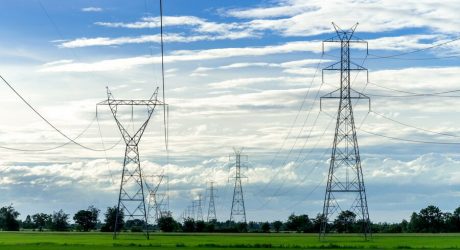Time may be a construct to some, but it plays a major role in our daily lives. One of the more delightful aspects of time lies in how the seasons affect it.
The presence and acknowledgment of the solstices and the evident behavior of the sun at different times of the year drive home the fact that seasonal changes also affect established routines.
The concept of daylight savings has a long and storied history. At its core, it reflects the time when there is a more extended period of daylight each day during the summer months.
However, daylight savings is still a contentious issue despite its seeming inevitability, with different groups divided over their appreciation or disdain for the practice.
What Are the Origins of Daylight Savings?
While it is observed in many countries throughout the world, this piece will focus on daylight savings in Australia.
The notion of Daylight Saving Time (DST) was introduced to the world at large by the Germans during World War I. They were the ones to recognize the need to enhance fuel savings by cutting back on the use of artificial light.
Australia and other countries soon adopted this practice in short order, where Tasmania was the first Australian state to implement these measures.
However, quite interestingly, these measures only lasted until the war’s end in 1918. They were reintroduced and adopted during the Second World War for the same reasons that drove the first use.
After 1944, DST was abandoned until a dire situation in Tasmania necessitated its reinstatement in 1967. Severe drought affected the state’s water supply, thus limiting its ability to generate electricity.
As a result, they introduced power rationing, which required them to go back to DST. The only difference is that this time, the state continued the practice.
The year 1971 brought significant yet interesting change to the country at large. Some states decided to follow Tasmania’s example and reinstate DST. However, the practice did not find success everywhere in the country.
First, unlike their counterparts, the Northern Territory expressly rejected the implementation. Next, two significant states: Queensland and Western Australia, made several attempts to heed the practice before abandoning every further effort.
What Is the Primary Reason Behind Dst? Is It Viable?

As mentioned above, Daylight Savings was introduced as an energy savings measure. Its primary intention lies in its title; to save daylight. The idea was to make the best use of longer daylight hours to lower energy consumption, especially after the sunset.
The actual effect of implementing DST in Australia is still not entirely clear. This lack of clarity stems from the relatively small number of studies carried out within the country to gather and analyze pertinent data.
The only significant observation event was held when Sydney was hosting the 2000 Olympic Games.
At that time, the Federal Government opted to extend DST by two months to accommodate an August start date instead of October. However, results from the study demonstrated a decrease in energy consumption in the evening.
That reduction was entirely offset by the same increase during the morning periods. Therefore, the relevant authorities were forced to acknowledge that implementing DST had no significant impact on power utilization levels.
To complicate things further, there have been significant changes in the technology used daily and overall lifestyles. Today, rather than a chance to use more daylight, longer daytime hours only indicate that more cooling is required, especially in the warmer parts of the country.
This difference offsets any energy consumption reductions that the practice may have initially offered.
Unforeseen Benefits of Dst

While its efficacy is in question, particularly with regard to modern living, there are many benefits that observing DST provides you. The first is more daylight. For some people, sunlight directly affects mood and overall well-being, so with more of it, comes better overall health.
The second goes back to DST’s origins and the need for better energy consumption. While evolving technology has availed us of every type of gadget, like televisions, phones, washing machines, air conditioners, and the like, all they do is push us to use more electricity.
This effect is especially evident when you need to cool your home longer, as mentioned above. So how can you take advantage of more daylight while cutting down on energy costs? The answer lies in the use of solar power.
Many homeowners in Sydney and beyond are turning to solar panel installation to help bring down their electricity costs during DST.
A solar panel system allows you to take advantage of the increased daylight hours by extending the amount of time you have to draw enough energy to generate sufficient electricity for your home.
Solar panels work by harnessing the energy that the sun puts out, then converting it into usable electricity. Once you switch to such a system, you avail yourself of free electricity. The link is simple, as long as the sun is shining, then you have a guaranteed energy source.
Therefore, during the season when the sun is out longer, your solar panel roof becomes a powerful and valuable source of an otherwise expensive utility.
Regarding expense, you also have to consider the monetary benefit of installing solar panels. They allow you to mostly disconnect from the primary grid, thus significantly lowering the amount you pay every month.
There is far more than one type of solar panel available, so you can explore various options. There are even portable ones if you prefer to avoid permanently attaching a major appliance to your roof. However, no matter what type, size, or energy capacity you choose, one thing remains constant across all of them.
The benefits of purchasing and installing solar panels and their use during DST will outweigh their initial costs by far and act as a significant source of money savings throughout the time they are in use. Therefore, the only thing you can’t afford here is to miss out on this opportunity.
Read Also:




























